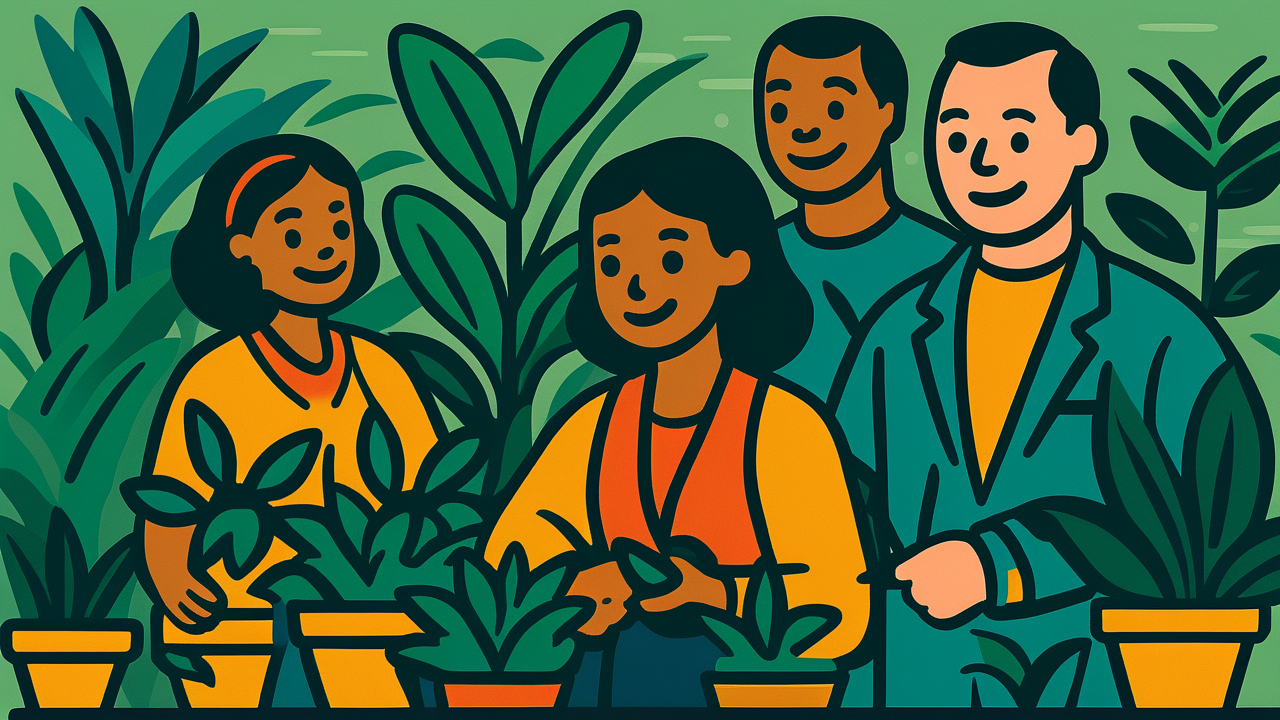[Disclaimer] This article is reconstructed based on information from external sources. Please verify the original source before referring to this content.
News Summary
The following content was published online. A translated summary is presented below. See the source for details.
A new art exhibition in Trinidad and Tobago is reimagining the history of indentured laborers in the Caribbean through botanical art. Artist Gabrielle Francis has created a series of paintings depicting plants that were significant to indentured workers from India who came to the Caribbean in the 19th century. The exhibition, titled “Rooted in Memory: Botanical Portraits of Indenture,” opened on July 25, 2025 at the National Museum in Port of Spain. Francis spent three years researching the plants that indentured laborers brought with them or cultivated in their new home, including medicinal herbs, spices, and crops. Her vivid watercolor paintings are accompanied by historical information about how each plant was used and its cultural significance. The artist hopes her work will highlight the often overlooked contributions of indentured laborers to Caribbean culture and agriculture, while exploring themes of migration, cultural preservation, and the relationship between people and plants.
Source: globalvoices
Our Commentary
Background and Context
The exhibition explores the history of indentured labor in the Caribbean, a system that brought millions of workers from India to British colonies after the abolition of slavery in the 1830s. These laborers, often called girmitiyas, signed contracts to work on plantations for several years. They brought with them cultural practices, including knowledge of plants for food, medicine, and religious purposes. This botanical heritage has had a lasting impact on Caribbean culture and biodiversity.
Expert Analysis
This artistic approach to historical representation offers a unique lens through which to view the indentured labor experience. By focusing on plants, the exhibition highlights the everyday lives and cultural practices of laborers, rather than just their work conditions.
Key points:
- Art can be a powerful tool for exploring complex historical topics
- Botanical focus emphasizes cultural exchange and resilience
- Exhibition may help raise awareness of indentured labor history
Additional Data and Fact Reinforcement
Understanding the scale of indentured labor helps contextualize the exhibition’s importance:
- Over 1 million Indians were brought to the Caribbean as indentured laborers between 1838 and 1917
- Indentured workers introduced over 130 plant species to the Caribbean
- Today, about 40% of Trinidad and Tobago’s population is of Indian descent
Related News
This exhibition comes amid growing interest in addressing colonial legacies in the Caribbean. In 2024, Barbados announced plans for a national museum focused on the history of slavery and indenture. Meanwhile, calls for reparations from former colonial powers have gained traction across the region.
Summary
Gabrielle Francis’s botanical art exhibition offers a fresh perspective on the indentured labor experience in the Caribbean, using plants as a lens to explore cultural resilience, exchange, and the lasting impact of migration. By highlighting this often overlooked aspect of history, the exhibition contributes to ongoing discussions about colonial legacies and cultural identity in the region.


